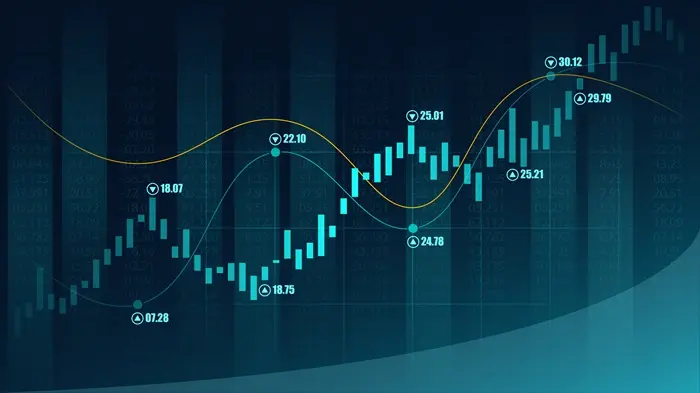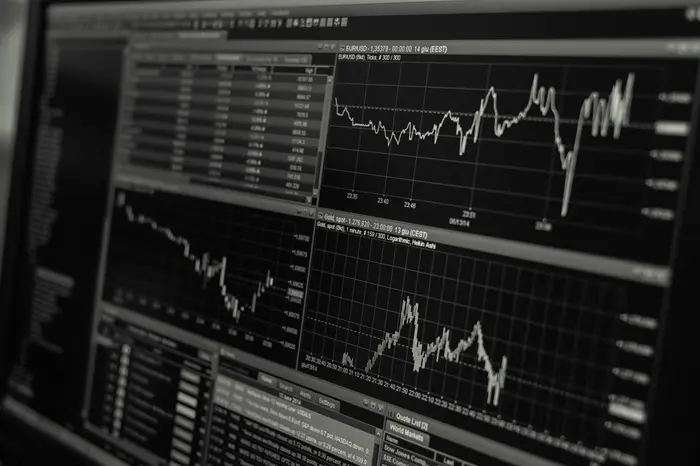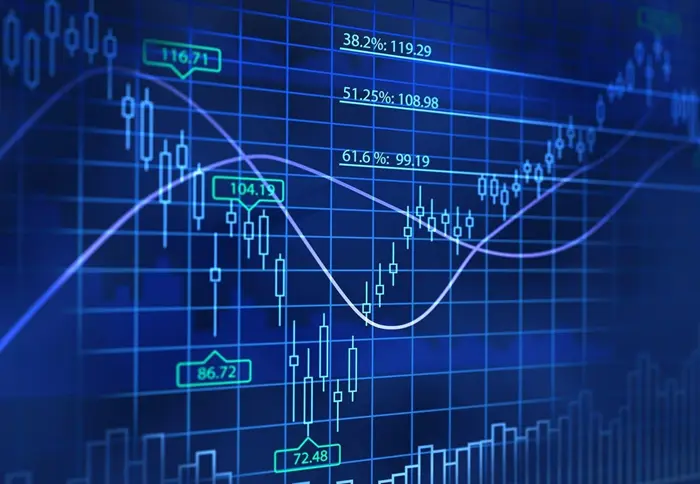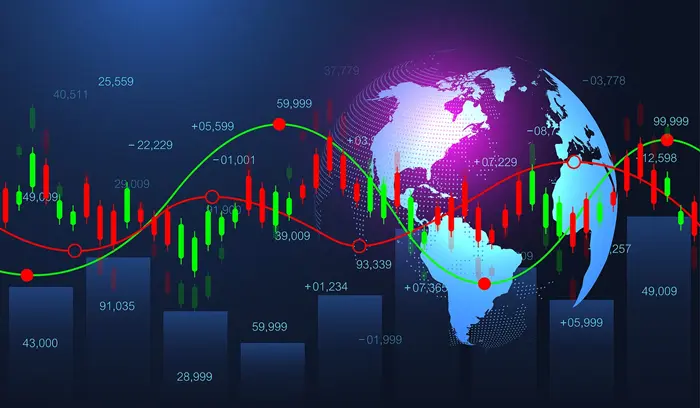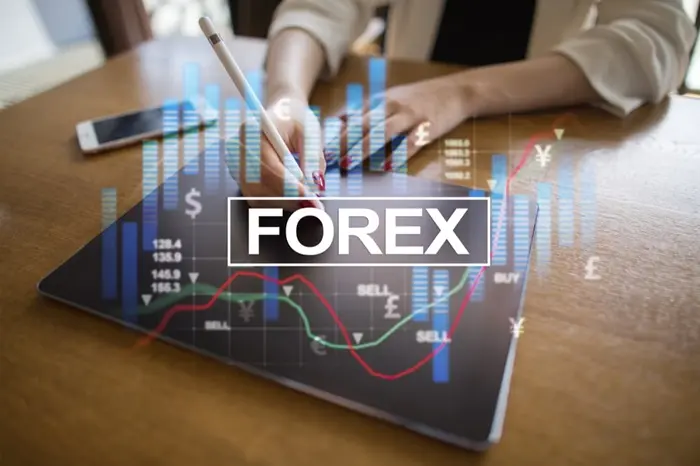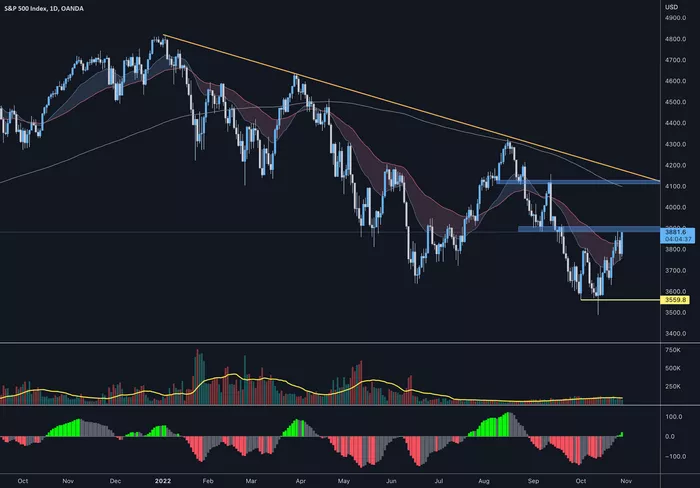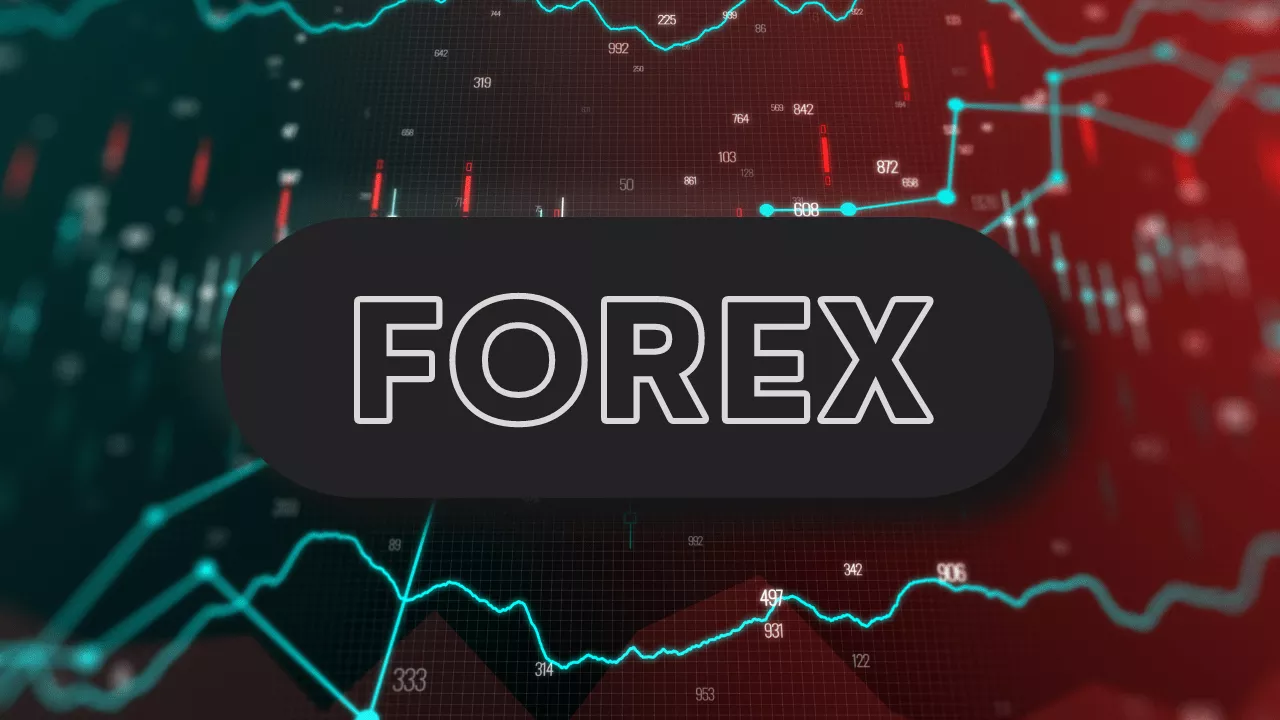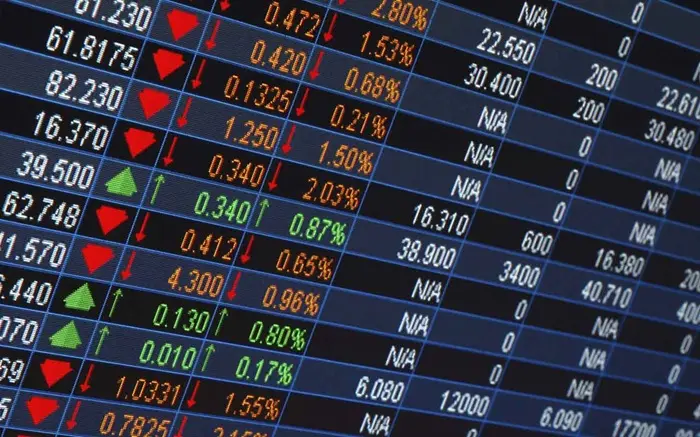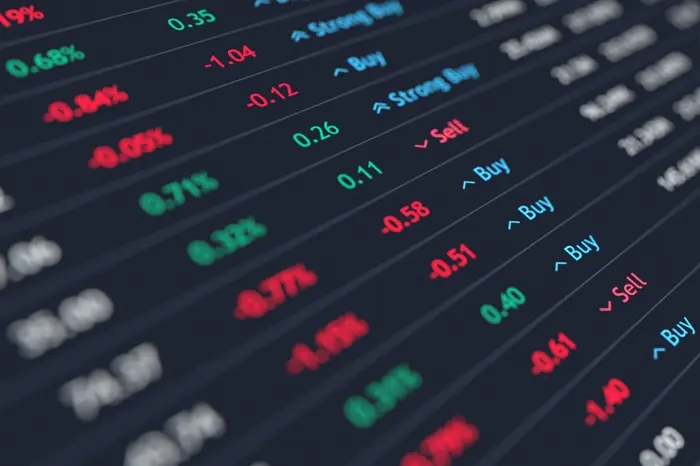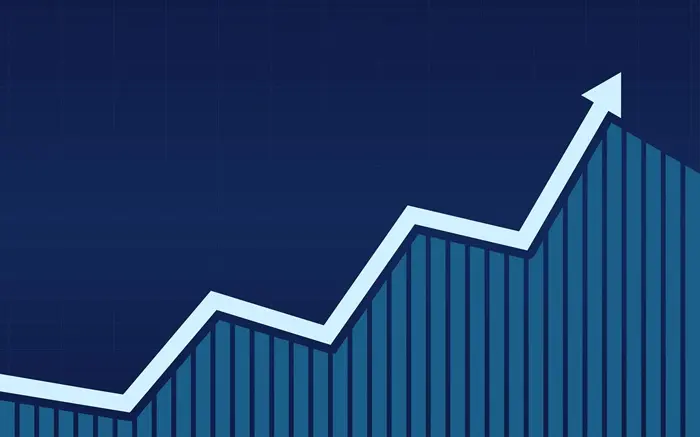Forex trading, or foreign exchange trading, has become one of the most popular ways to engage with financial markets globally. With the ability to trade 24 hours a day and the potential for substantial profits, it’s no wonder that many are drawn to the world of forex. However, like all forms of investment, forex trading carries risks. In this comprehensive guide, we will break down everything you need to know about starting forex trading—from understanding the basics to setting up your trading strategy.
What Is Forex Trading?
Forex trading refers to the buying and selling of currencies in the foreign exchange market. The forex market is the largest and most liquid financial market in the world, with an average daily trading volume exceeding $6 trillion. Unlike traditional stock markets, which operate on a centralized exchange, the forex market is decentralized, meaning trading takes place directly between two parties, typically over the counter (OTC).
Why Trade Forex?
There are several reasons why people choose to trade forex:
High Liquidity: The forex market’s immense liquidity ensures that there are always buyers and sellers, reducing the chances of slippage and allowing for quick execution of trades.
24/5 Market: The forex market is open 24 hours a day, five days a week. This allows traders from different time zones to participate and trade at any time.
Leverage: Forex brokers often offer significant leverage, meaning you can control a larger position with a relatively small investment.
Diverse Trading Pairs: With a vast number of currency pairs available for trading, forex traders have the flexibility to diversify their portfolios.
Low Transaction Costs: Compared to other markets like stocks or commodities, forex trading usually involves lower transaction costs.
Despite these advantages, forex trading is not without risk. Therefore, it is essential to understand how to trade responsibly, with a solid foundation of knowledge and a well-thought-out trading plan.
Steps to Start Trading Forex
If you’re ready to dive into forex trading, follow these steps to set yourself up for success. While each trader’s journey will be unique, the following steps will provide a clear path to begin your forex trading career.
Step 1: Learn the Basics of Forex Trading
Before you can start trading forex, it’s crucial to understand the fundamental concepts involved. Learning the basics of forex trading will help you understand how currency pairs work, how price movements occur, and how to interpret economic data.
Currency Pairs
Forex trading always involves trading one currency for another. Currencies are traded in pairs, such as EUR/USD (Euro/US Dollar), GBP/JPY (British Pound/Japanese Yen), and USD/JPY (US Dollar/Japanese Yen). In these pairs:
Base Currency: The first currency in the pair (e.g., EUR in EUR/USD).
Quote Currency: The second currency in the pair (e.g., USD in EUR/USD).
The price of a currency pair represents how much of the quote currency is needed to purchase one unit of the base currency.
Bid and Ask Prices
When trading forex, you will encounter two prices for every currency pair:
Bid Price: The price at which the market is willing to buy the base currency. It’s the price you will receive when you sell.
Ask Price: The price at which the market is willing to sell the base currency. It’s the price you will pay when you buy.
The difference between the bid and ask price is called the spread.
Pips and Lots
Pip: A pip is the smallest price movement that a currency pair can make. In most currency pairs, a pip is the fourth decimal place (e.g., a movement from 1.1500 to 1.1501).
Lot: A lot refers to the quantity of the currency being traded. Standard lots are usually 100,000 units of the base currency, but mini and micro lots (10,000 and 1,000 units, respectively) are also available for smaller trades.
Step 2: Choose a Reliable Forex Broker
Choosing a reputable forex broker is a critical step in your trading journey. A good broker will provide the tools, support, and security you need to trade successfully. Consider the following factors when choosing a forex broker:
Regulation
Ensure that the broker is regulated by a recognized financial authority, such as the U.S. Commodity Futures Trading Commission (CFTC), the U.K. Financial Conduct Authority (FCA), or the Australian Securities and Investments Commission (ASIC). Regulation ensures that the broker follows legal and ethical standards to protect your funds.
Trading Platform
The trading platform is where you will execute your trades. Look for a platform that is user-friendly, offers a wide range of analysis tools, and provides real-time data. Popular platforms include:
- MetaTrader 4 (MT4)
- MetaTrader 5 (MT5)
- cTrader
Leverage and Margin
Forex brokers offer leverage, allowing you to control a larger position with a smaller amount of capital. However, high leverage also means higher risk. Choose a broker that offers leverage that suits your risk tolerance.
Account Types
Many brokers offer various account types, such as demo accounts for beginners and live accounts for experienced traders. Look for a broker that allows you to start with a demo account so you can practice without risking real money.
Customer Support
Effective customer support is essential, particularly if you run into issues or need assistance with your account. Check the availability and responsiveness of the broker’s customer service team before you start trading.
Step 3: Open a Trading Account
Once you’ve chosen a broker, the next step is to open a trading account. The process is typically straightforward and involves:
Account Registration: Provide personal information such as your name, address, and email.
Verification: Submit identification documents, such as a passport or utility bill, to verify your identity.
Funding Your Account: Deposit funds into your account using one of the broker’s accepted payment methods (bank transfer, credit/debit card, PayPal, etc.).
Step 4: Practice with a Demo Account
Before trading with real money, it’s essential to practice using a demo account. A demo account allows you to trade with virtual funds and get a feel for the trading platform, the mechanics of forex trading, and the impact of market movements on your positions.
Most brokers offer free demo accounts, which can be accessed for a set period or until you feel confident in your trading skills. Take advantage of this opportunity to practice different strategies without the risk of losing real money.
Step 5: Develop a Trading Plan
A trading plan is your roadmap for success in the forex market. It should outline your goals, risk tolerance, and strategies for entering and exiting trades. Here are key components of a solid trading plan:
Define Your Risk Tolerance
Determine how much of your trading capital you are willing to risk on each trade. A common rule of thumb is to risk no more than 2% of your total capital per trade.
Set Clear Goals
What do you hope to achieve with your trading? Whether it’s long-term growth, short-term profits, or hedging against inflation, having clear goals will help guide your decisions and strategies.
Choose a Trading Strategy
There are several strategies you can employ, depending on your preferences, time commitment, and risk appetite. Some common forex trading strategies include:
Scalping: Making small, quick trades to capture minute price movements.
Day Trading: Opening and closing positions within a single trading day.
Swing Trading: Holding positions for several days or weeks to take advantage of price swings.
Position Trading: Holding positions for a longer period (months or years) based on long-term market trends.
Use Stop-Loss and Take-Profit Orders
These orders automatically close your position when the price reaches a certain level. A stop-loss limits your losses, while a take-profit locks in your profits.
Step 6: Start Trading with Real Money
After practicing with a demo account and developing a solid trading plan, it’s time to start trading with real money. Start small and gradually increase your position size as you gain experience and confidence in your strategies.
Always use proper risk management techniques to protect your capital and ensure that you are not overleveraging your positions. The forex market can be volatile, and losing trades are a part of the journey, so it’s essential to stay disciplined and stick to your plan.
Step 7: Analyze and Improve Your Trading
After executing your trades, review them to identify what worked and what didn’t. Many successful traders keep a trading journal where they record their trades, strategies, and outcomes. This helps you learn from your mistakes and refine your approach over time.
Key Considerations for Success in Forex Trading
Start with a small capital: Only risk money you can afford to lose, especially when you’re just starting.
Stay informed: Follow forex news, economic reports, and geopolitical events that may affect currency prices.
Control emotions: Fear and greed can cloud judgment and lead to poor decision-making. Stick to your plan and avoid emotional trading.
Conclusion
Starting forex trading can be an exciting and rewarding endeavor, but it requires preparation, knowledge, and discipline. By following the steps outlined in this guide—learning the basics, choosing a reliable broker, practicing with a demo account, developing a solid trading plan, and continually analyzing and improving your trades—you can give yourself the best chance of success in the competitive world of forex trading.
Remember that forex trading is not a get-rich-quick scheme. It’s a skill that requires continuous learning, practice, and risk management. By approaching forex trading with the right mindset and a well-thought-out strategy, you can navigate the forex market with confidence.
Related topics:

